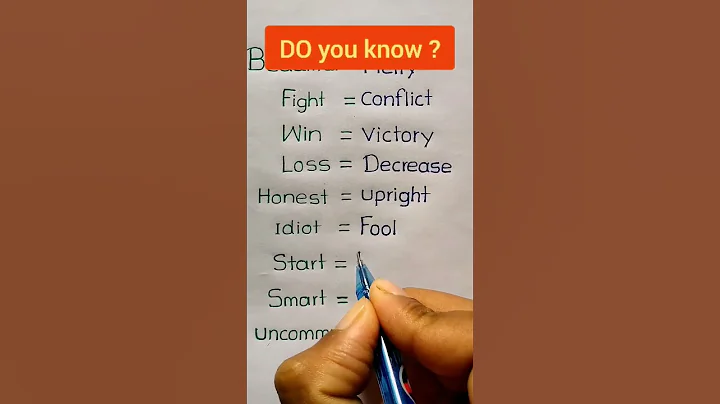Electronic piano , a number of desks and chairs, a loudspeaker
...
...
A tender childish voice accompanied by melodious tune
From the rural school of Nan Sanzhen
Golden October, this border town welcomed a group of young people
They went deep into the countryside with professional knowledge and enthusiasm The school
injects the source of fresh water into rural aesthetic education
allows the children here to have professional music and art classroom

"College students go to the countryside to bring professional art classrooms, supplement rural educational resources, and bring enlightenment to rural children's aesthetic thinking." With this longing, in September this year, Liang Dandan and seven other fresh college students came from Shenzhen to the south of Potou, Zhanjiang, and began their one-year rural aesthetic education experiment.
What can one year bring to the rural aesthetic education of Nansan Town?
"Let children feel a quality and professional aesthetic classroom, sow the seeds of art into the hearts of many rural children, and let them see the aesthetic world outside the countryside." Liang Dandan said.

Establish self-confidence
Express your personality with art
In autumn, the warm sunshine shines from outside the window into the fourth grade classroom of Xinlai Primary School in Nansan Town. Even the gentle class ringtone cannot make the children's restless hearts quickly calm down and return to the classroom. In addition to the new art teacher Wu Jinchan.

Open the electronic screen, and a wonderful video display suddenly pulls the children's eyes to the classroom. The totem pole with different shapes makes everyone stare at it. "Do you know how the totem pole changes?" Wu Jinchan's ups and downs and kind smile greatly mobilized the enthusiasm of the fourth-grade children to respond. "Animals changed!" "Drawn!" 's interactions, coupled with the easy-to-understand guidance, the classroom atmosphere is very lively and harmonious.

"Although the children are so enthusiastic about answering questions, they dare not raise their hands to answer whenever they ask questions in the textbook knowledge point. Even if they call out outstanding students to answer questions, their voices are often very small, and even show a cowardly expression, which is in a great contrast with the performance of other links. This phenomenon is particularly obvious among students in the fourth and fifth grades." Through a month's observation, Wu Jinchan, who had taught children in a primary school in urban district of Guangzhou, keenly felt this.

In Wu Jinchan's view, art is an expression. The expression of children's lack of confidence in the classroom is ultimately due to poor basic knowledge. "The formation of children's artistic cells is closely related to the growth environment and atmosphere. The urban area has rich educational resources, the school's teaching conditions are perfect, the artistic atmosphere is strong, the aesthetic enlightenment education is done well, and the courses at each stage are very solid." What surprised Wu Jinchan was that the fifth grade students didn't even know the basic knowledge that the third grade should master, which forced her to adjust the lesson plan in time. will design different courses based on the knowledge points of the same content according to the understanding ability and acceptance level of students in different grades.


"On the one hand, it supplements basic knowledge for students in grades 4 and 5 to build a solid framework for their knowledge system. On the other hand, through continuous guidance and encouragement, students can establish confidence and dare to express their personality in theory and practice." Wu Jinchan said.
"restart" imagination
Activate creative inspiration
Before coming to Nansan Town to teach, Yu Yang, a young man born in 1998, had imagined countless scenes of teaching for rural children. How to guide and interact, they were prepared in advance. However, after several classes, he was surprised to find that the children's imagination was far weaker than he expected.
"I remember that children of this age are the most imaginative, and they should have some wild ideas. But in the interaction in the classroom, the children's thinking seems to have been bound by a long time ago, giving people a feeling of being unable to let go." During the home visit, Yu Yang found that many families only let their children realize the importance of exam-oriented education. missed the critical period for inspiring imagination cultivation and lacked guidance for children's beauty.

How to inspire children's imagination has become the first problem Yu Yang encountered in his teaching journey. " improves students' creativity through a lot of appreciation and training, takes students out of the classroom, grabs materials from nature, and then activates inspiration, perhaps I can do it at the moment."

The beautiful rural natural scenery provides children with natural creative materials.

The school has come to young and energetic teachers, bringing a fun art classroom, and the most joyful one is undoubtedly the children. In the eyes of Liang Jiaxin, a fifth-grade student at Lighthouse Primary School, the arrival of this "fat teacher" has opened a new window to understand the world. "It turns out that art is not only painting, but also includes sculpture, paper cutting, folk art architecture, etc., which is so interesting!"
In order to enrich students' after-school activities, the teaching team members also opened for students' activities such as paper cutting, choirs and other club activities. Each art club is carried out in the form of two festivals per week and 60 minutes per festival. "I didn't expect that there were so many students who signed up, and parents were very supportive. During the interview, we admitted students who were really interested in the activities based on the students' answers, and brought the children a learning and display platform outside the textbook," said Liang Dandan.

break the shackles of thinking
Change the traditional teaching concept
For a long time, due to objective conditions such as organization and treatment, rural schools generally lack professional art, music, and physical education teachers, and most of them are the main subject teachers. In June this year, the team leader Cixin visited many rural schools in western Guangdong and northern Guangdong and found that the art courses of some schools are "name but not real". Although they are presented on the class schedule, they actually only attended no more than three classes in one semester. "In addition to the large faculty gap, the teaching aids and lesson plans for art courses are also relatively casual, and the students' classroom experience is not very good."
The problem of solidifying teaching concepts seems to be more serious than the limitations of objective conditions. Ci Xin found that some rural schools have a indifferent and numb attitude towards aesthetic education, and cannot get rid of the shackles of traditional examination-oriented education in a short period of time. "When we express to schools, we output aesthetic education teachers, some principals even asked our teachers if they can teach Chinese, mathematics and English. This surprised and a little helpless.

barrier teaching resources and lagging teaching concepts make professional rural aesthetic education very luxurious, and the introduction of supporting teachers has alleviated this problem to a certain extent. "As a class teacher, you can best observe some subtle changes in the students in this class. Since the young and energetic teaching teacher brought students a variety of art classes, students' thinking has become more active and open than before, and they are more daring to express themselves than before." Zhang Jianying, a fifth-grade class teacher, was quite touched by this.

"I hope that one day, the school can overcome all difficulties and strive for more aesthetic education resources for students and create more art courses and display platforms for students; rural children can display their art works at the school art festival and go home to introduce the 7 basic sounds in the music to parents." This is the ideal world in the eyes of Cixin and the teachers.
Source: Zhanjiang release











